Inbox and Environment News: Issue 420
September 8 - 14, 2019: Issue 420
Full Moon Market Set To Rock, Roll And Fix Those Tummy Rumbles
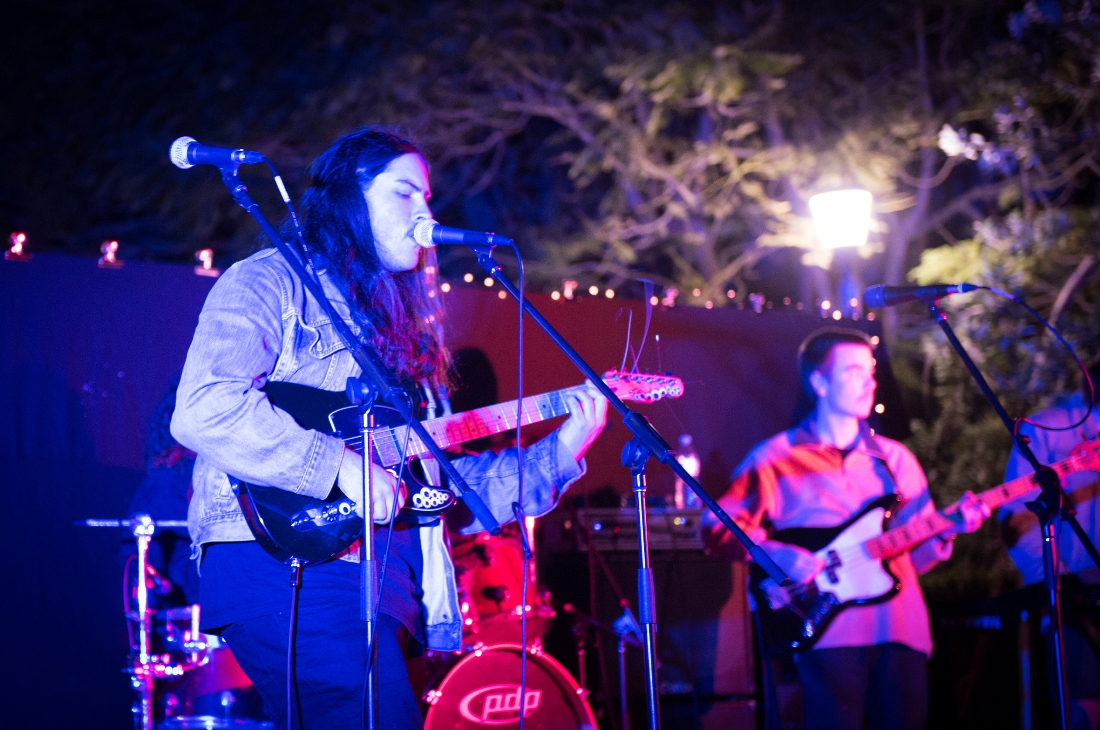
A Walk Through The Warriewood Wetlands
Possum Bridge Installed
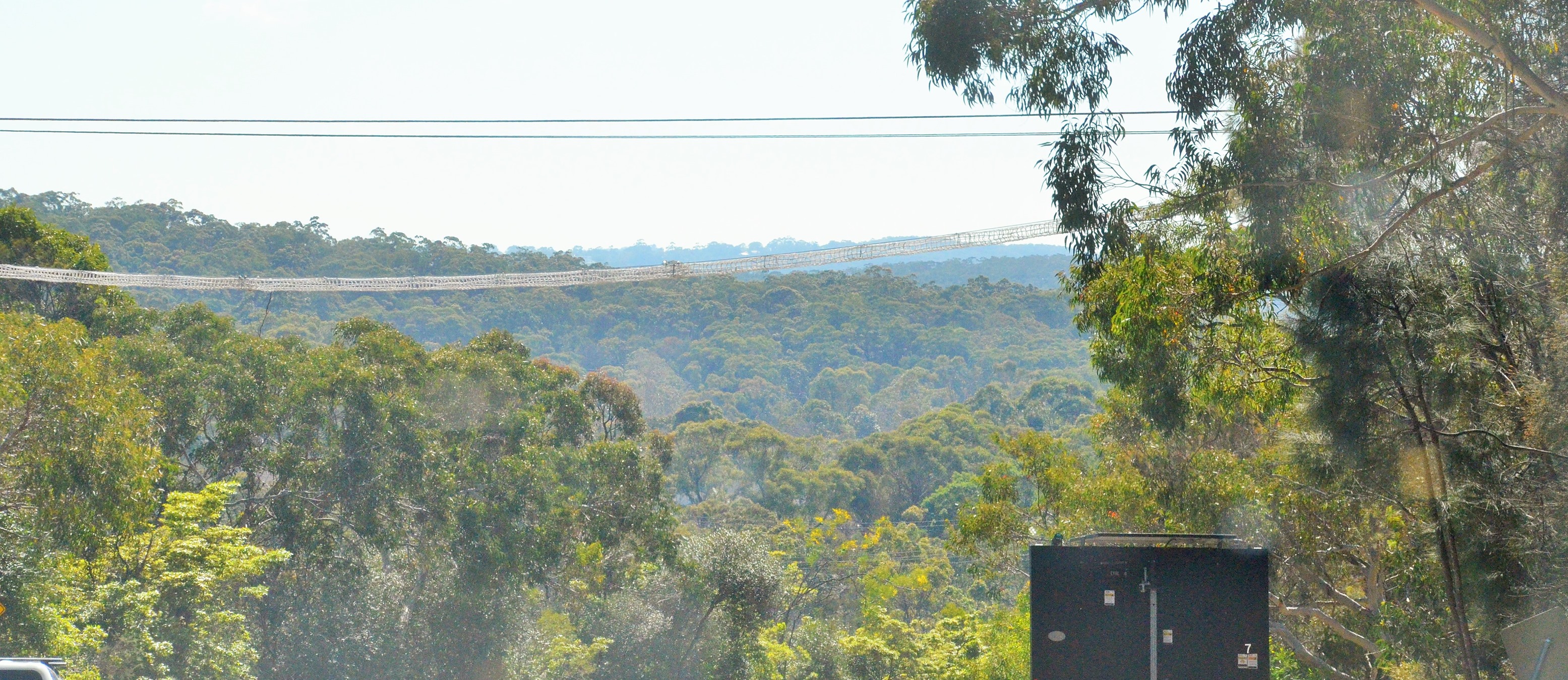
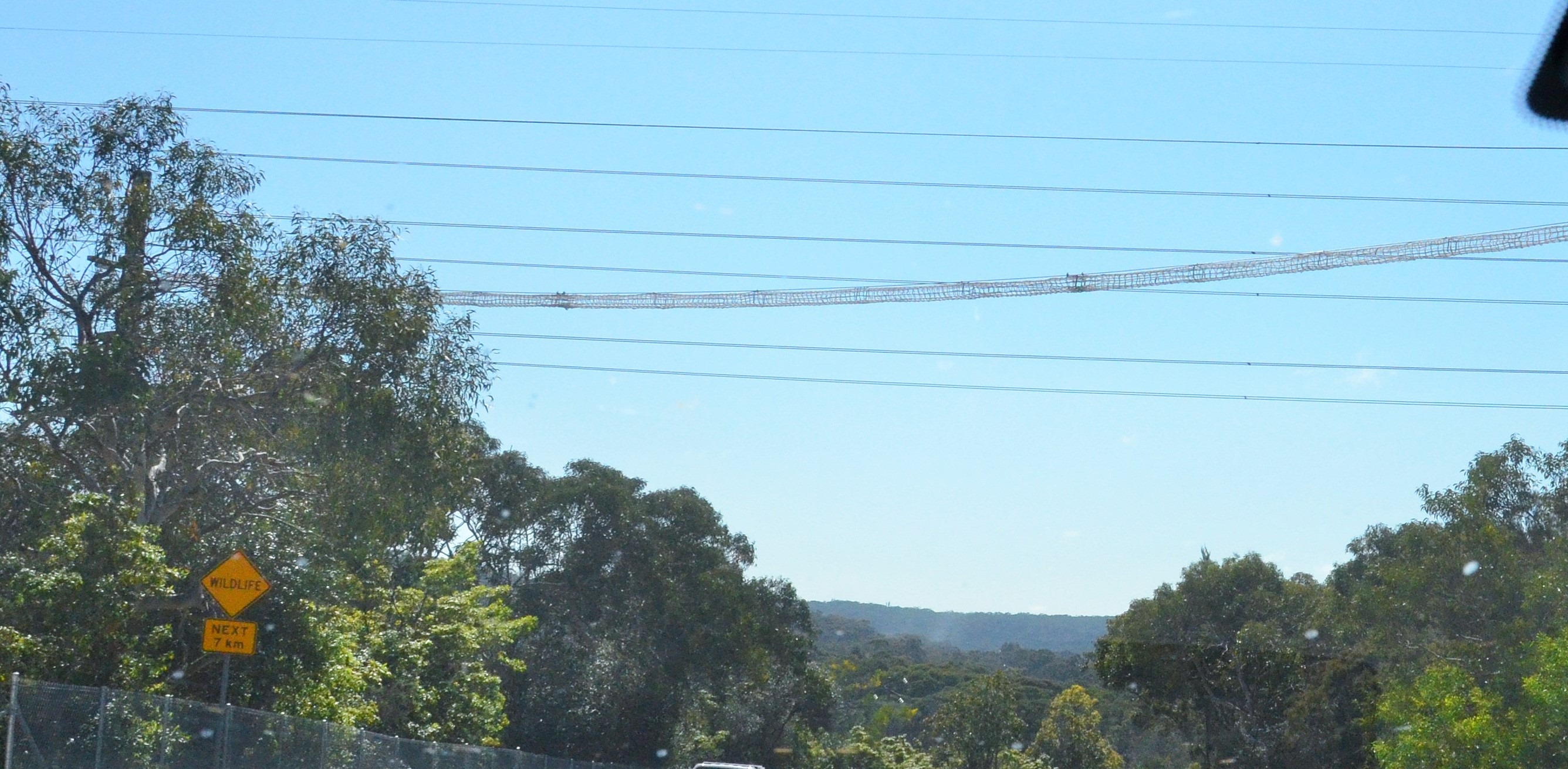
Ultimate Frisbee Champions Descend On Nolan Reserve
Congratulations
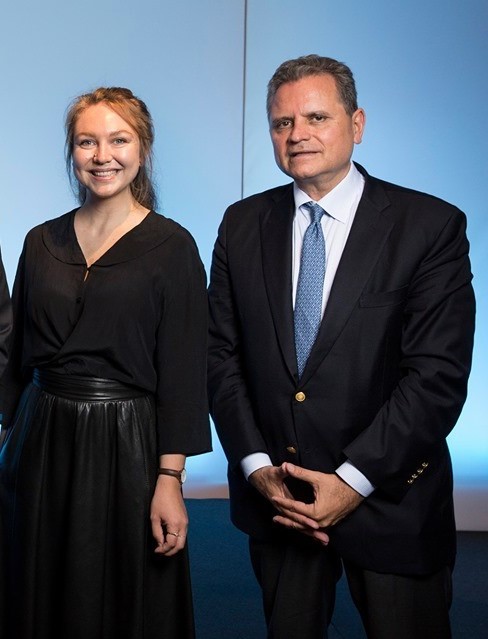
Take Your Shot In Grandparents Day Photo Comp
Narrabeen Rock Pool Now Re-Opened
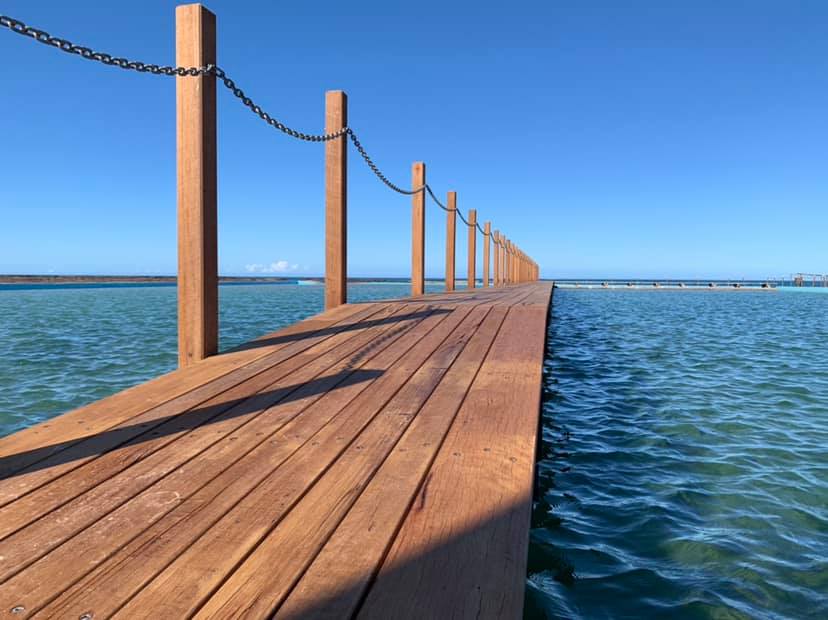
Avalon Bilgola Swimming Club
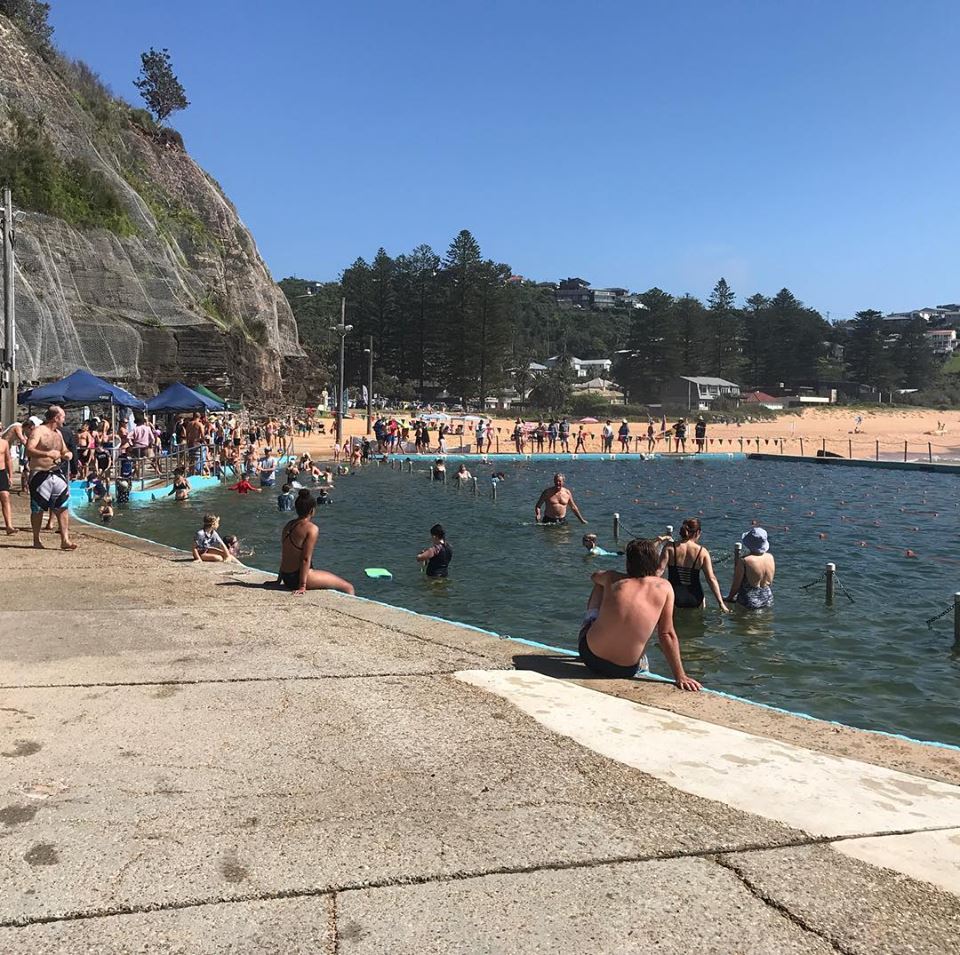
Apprenticeships And Traineeships Info
Southern Lights Time
Primary Schools Tame The Bear Pit
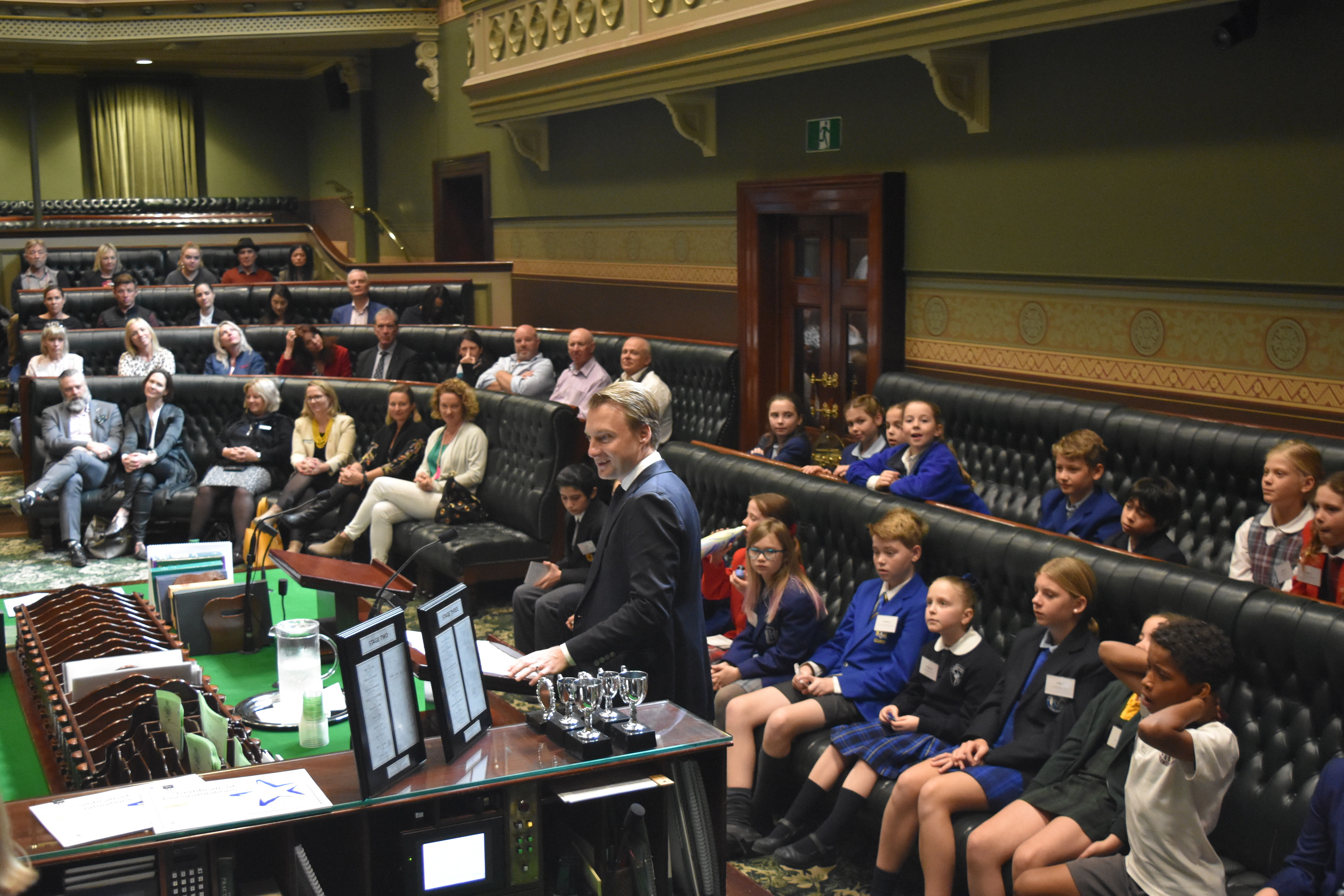
Curious Kids: Why Do We Cry?
What makes us cry? – Claudia, age 7.5, Victoria.
Read more: Curious Kids: Why do tears come out of our eyes when we cry?

September Is Biodiversity Month
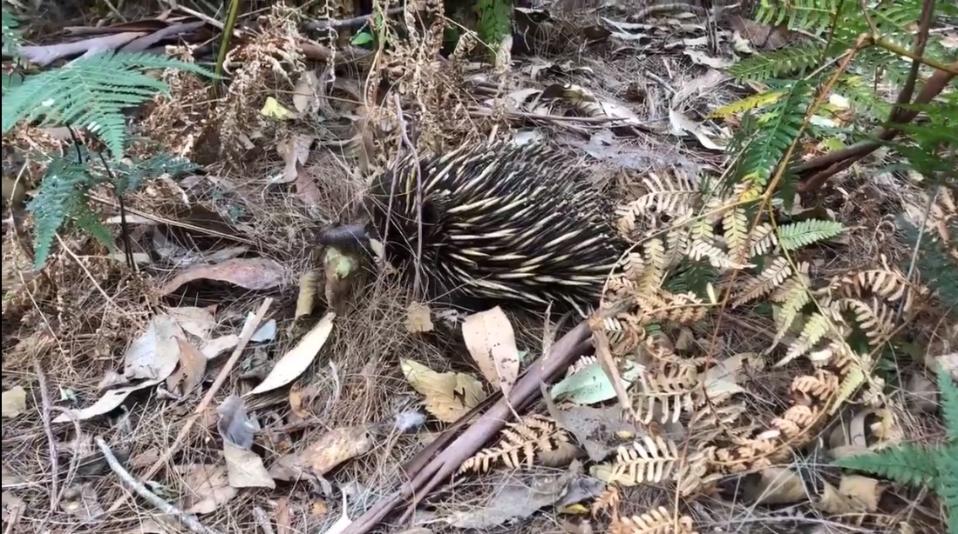
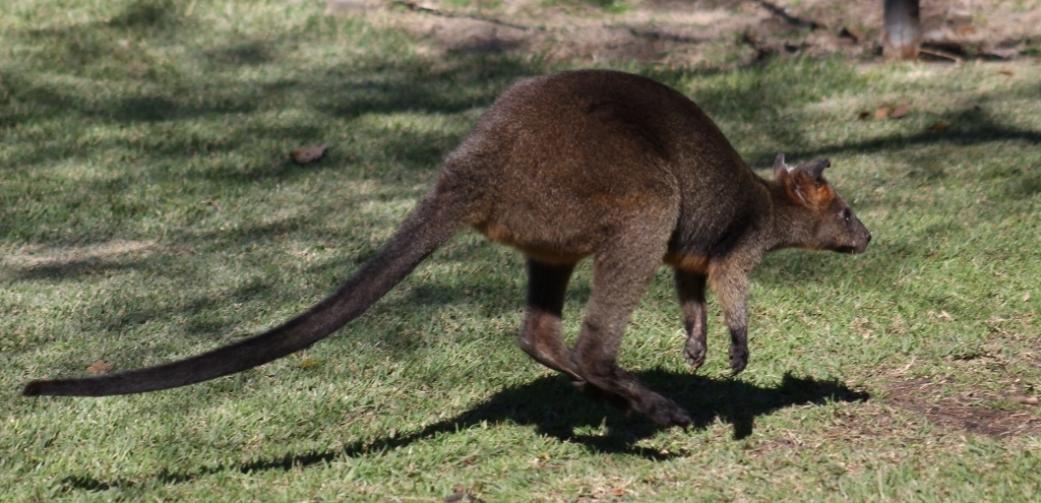
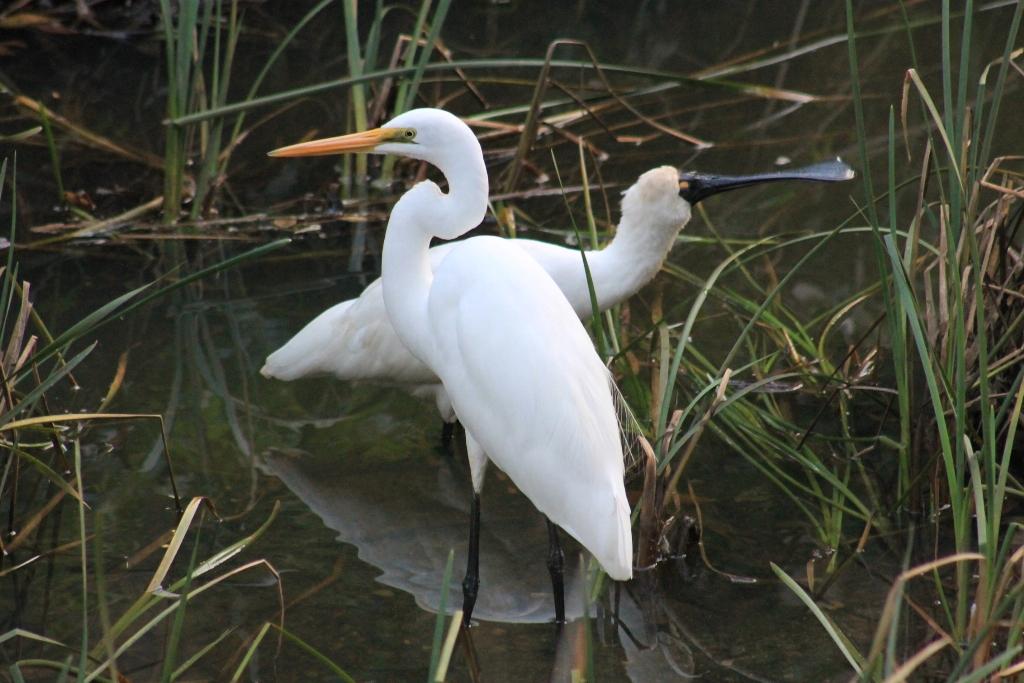
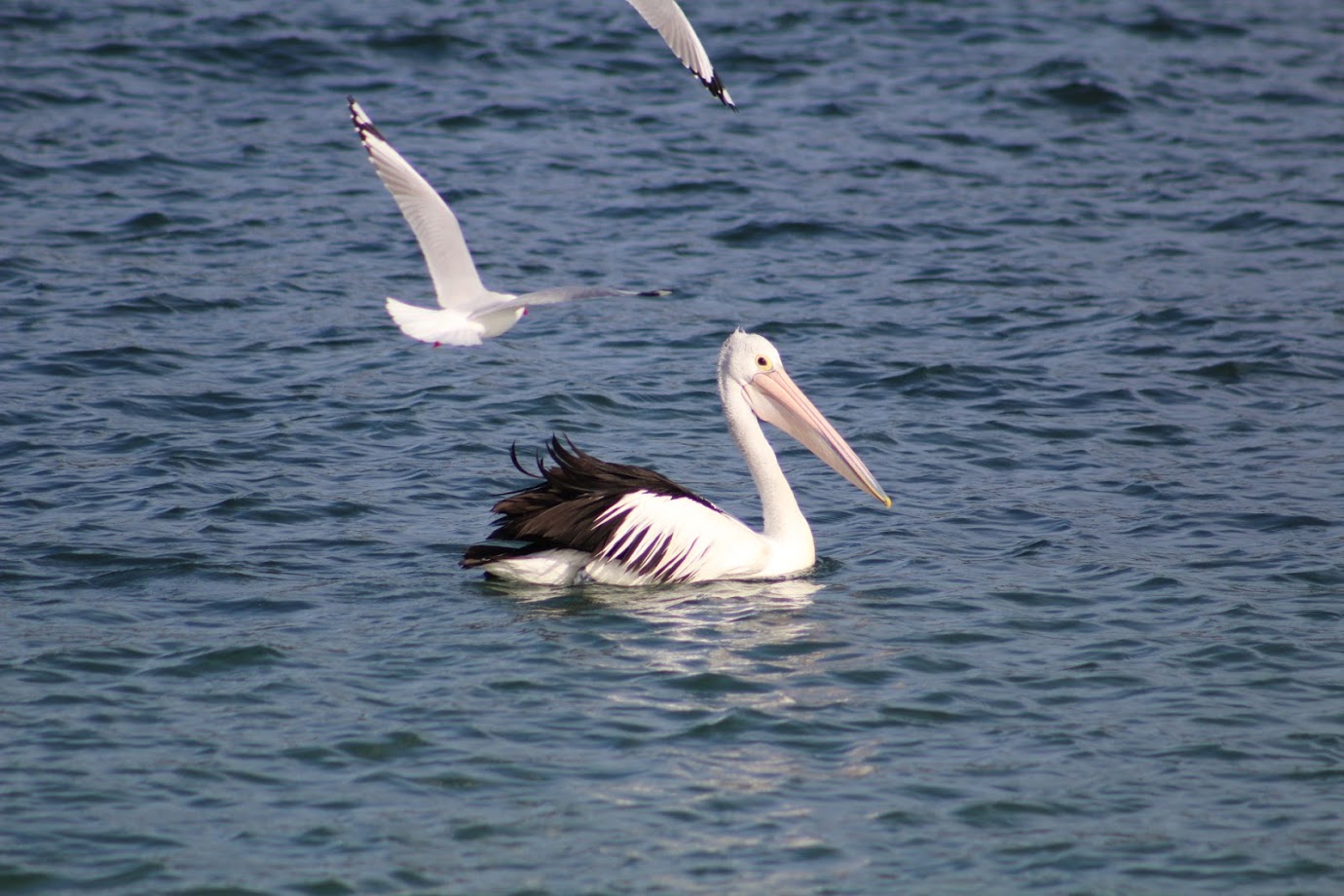
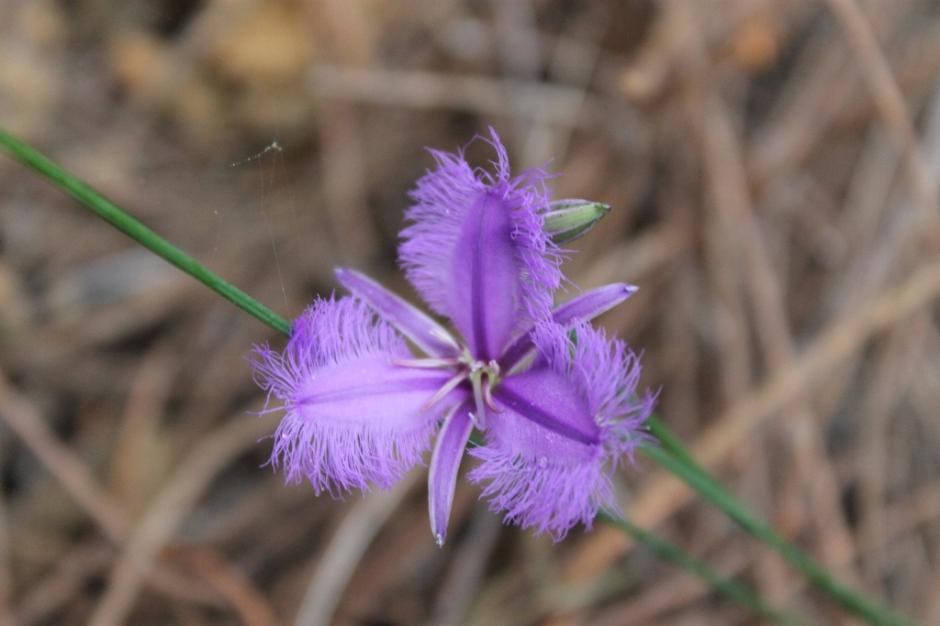
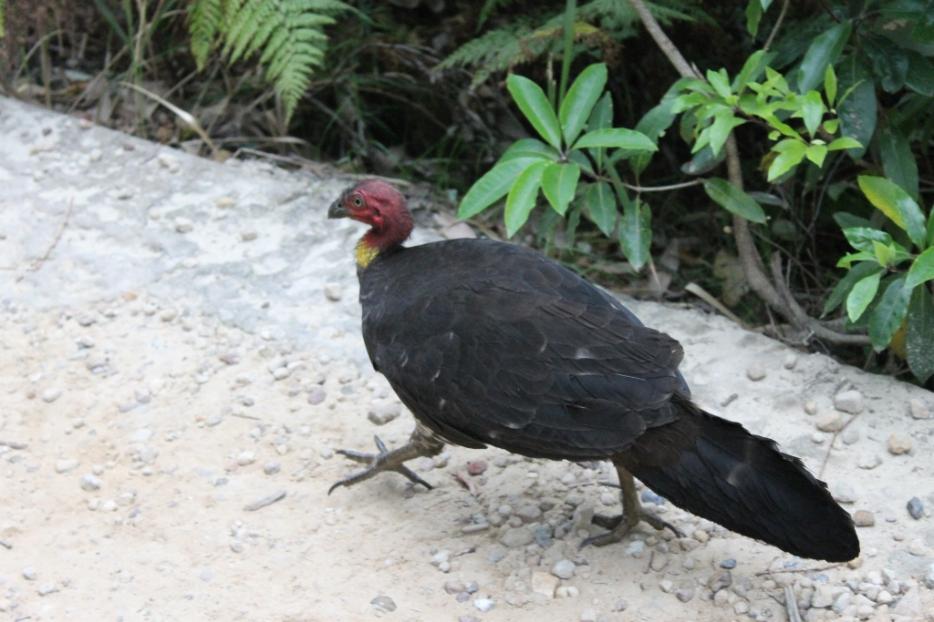
A New Duck-Billed Dinosaur
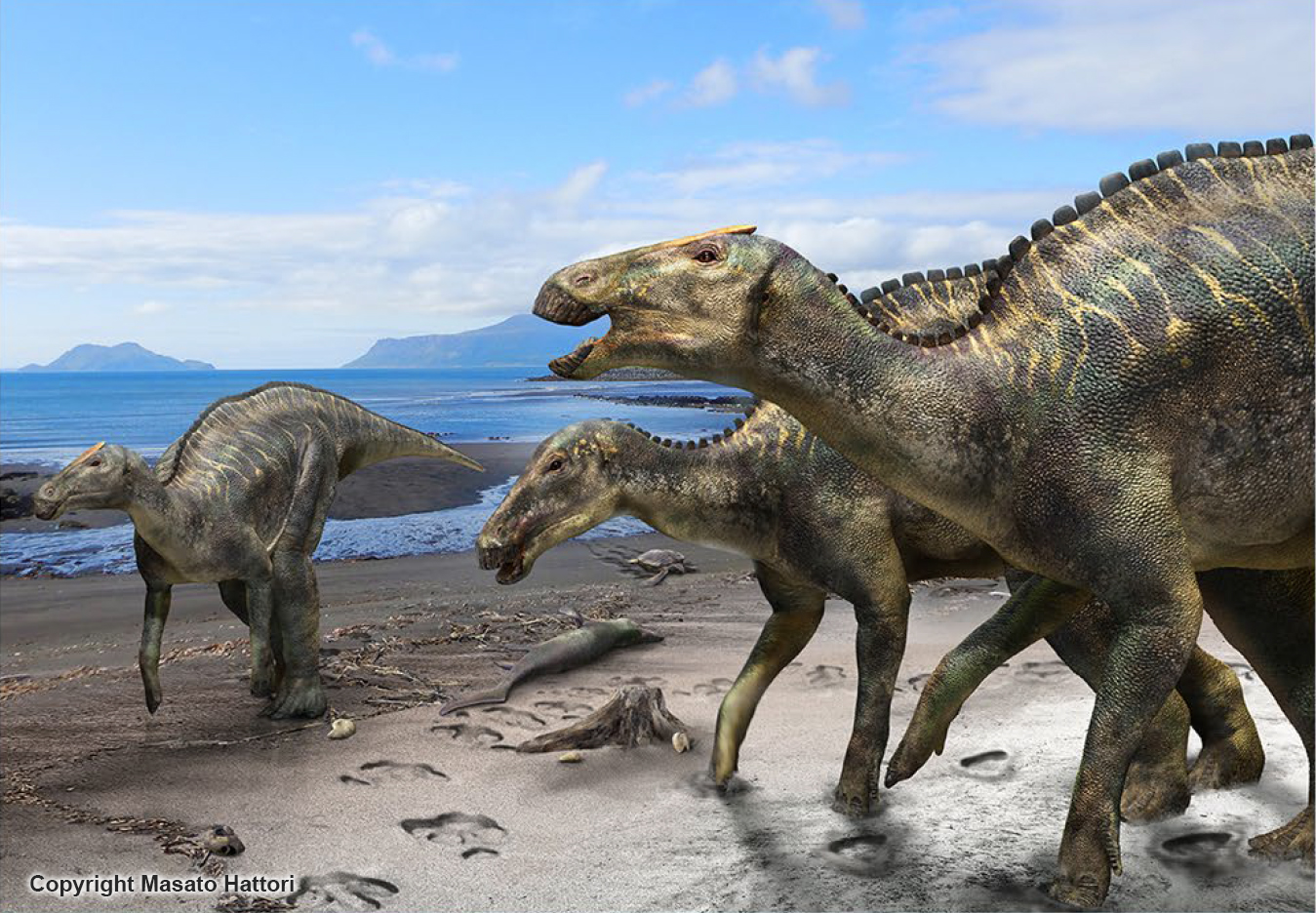
Endangered Wallabies' Population To Triple From NSW Government Program
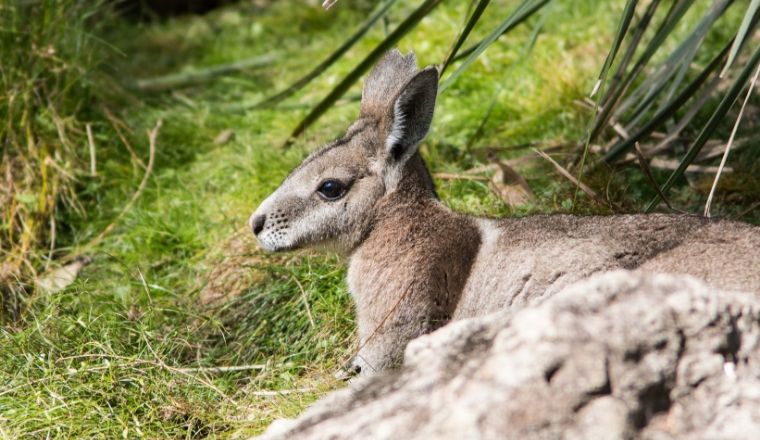
Bridled Nailtail Wallabies Returned To NSW National Park
Climate Change Is A Health Emergency
- Adopt mitigation targets within an Australian carbon budget.
- Promote the health benefits of addressing climate change.
- Develop a National Strategy for Health and Climate Change.
- Promote an active transition from fossil fuels to renewable energy.
- Establish a National Sustainable Development Unit to reduce carbon emissions in the healthcare sector.
- Significant linear associations between exposure to higher temperatures and greater mortality in Sydney, Melbourne, and Brisbane.
- Estimated annual productivity losses from heat stress of $616 per employed person in Australia.
- 2177 deaths from extreme weather events in Australia between 1900 and 2017.
- An observed 13.7 per cent increase in the ability of Aedes aegypti (dengue-carrying mosquito) to transmit disease to humans in Australia from 1950-2016.
Student Climate Strikers Rally On Friday 20 September!
- No new coal, oil and gas projects, including the Adani mine.
- 100% renewable energy generation & exports by 2030
- Fund a just transition & job creation for all fossil-fuel industry workers & communities.
.jpg?timestamp=1567646208125)
Native Birds In South-Eastern Australia Worst Affected By Habitat Loss
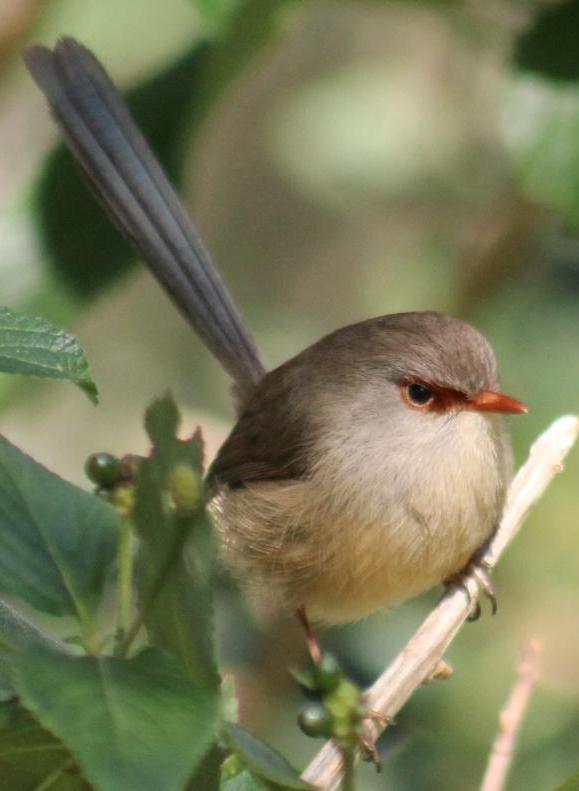
Climate Change And Our Community Public Meeting
Spring Fair
- Enjoy the sounds of the didgeridoo in the bush and learn a little about our aboriginal heritage.
- Children can make fantastic creatures from bush materials, have their face painted, win a prize in the quiz.
- See live native animals and enjoy a display of frogs and tadpoles.
- Plenty of native plants for sale as well as advice from members of the Australian Plants Society.
- Bush food tasting and an opportunity to ‘Grow your Own’ indoor native plant.
- Learn all about native bees and how to rescue injured wildlife.
- Take a nature walk or sit by the stage and enjoy the music.
- Wander the Sensory Track to find some sculptures or visit the Corkery Pavilion for the photographic display.
- Visit the coffee shop for cake and brewed coffee.
- And of course no day would be complete without a sausage sandwich for lunch from our volunteers!
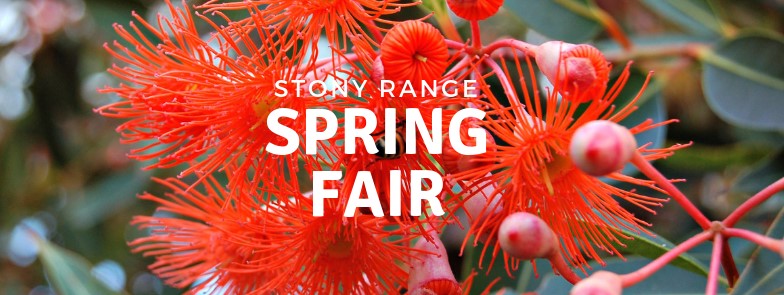
Aussie Bread Tags Collection Points

Muogamarra Nature Reserve Open Season
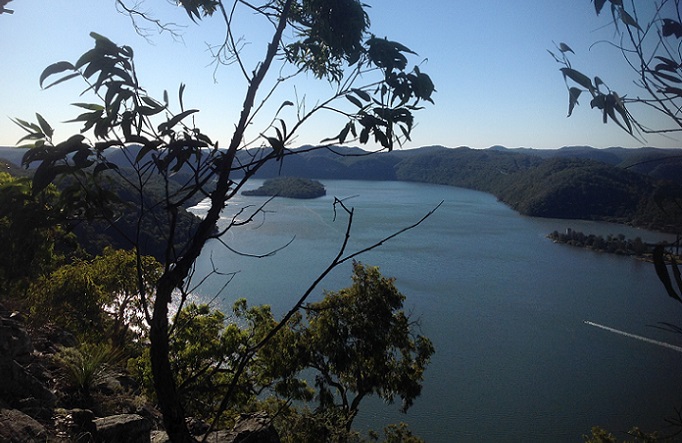
Mona Vale Garden Club's 48th Spring Flower Show
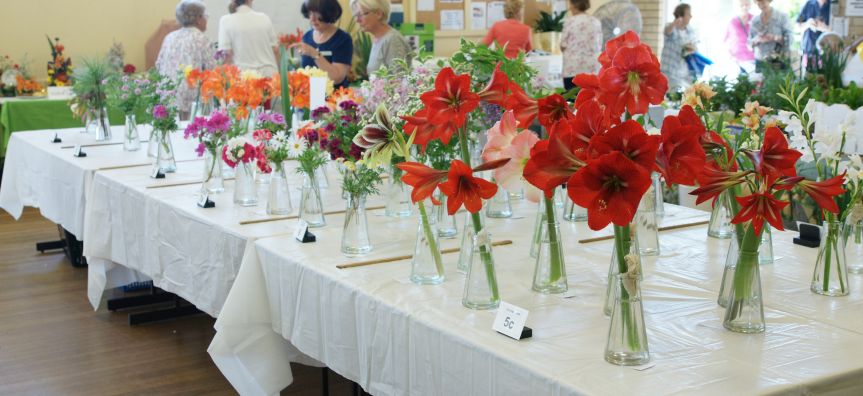
SeaWeek: Celebrating The Sea
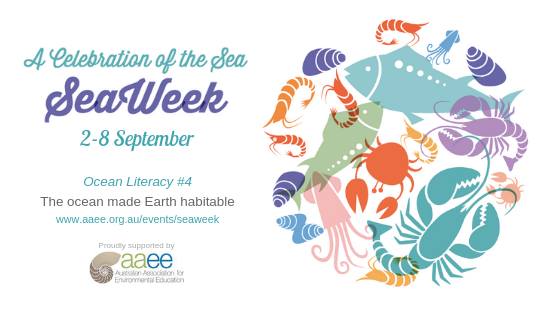 SeaWeek is Australia’s annual celebration of the sea. Since 1988, SeaWeek has encouraged community awareness and appreciation for marine and coastal environments. Each year is a different theme, providing educators with specific messages and avenues through which to engage people in learning about and enjoying the ocean.
SeaWeek is Australia’s annual celebration of the sea. Since 1988, SeaWeek has encouraged community awareness and appreciation for marine and coastal environments. Each year is a different theme, providing educators with specific messages and avenues through which to engage people in learning about and enjoying the ocean.- Most of the oxygen in the atmosphere originally came from the activities of photosynthetic organisms in the ocean. This accumulation of oxygen in Earth’s atmosphere was necessary for life to develop and be sustained on land.
- The first life is thought to have started in the ocean. The earliest evidence of life is found in the ocean.
- The ocean provided and continues to provide water, oxygen and nutrients, and moderates the climate needed for life to exist on Earth
Leave That Baby Bird Alone!
Gomeroi Woman In Legal Challenge To Environment Minister’s Decision Not To Protect Areas Of “Immeasurable” Cultural Value
“the preservation and protection from injury or desecration of areas and objects in Australia and in Australian waters, being areas and objects that are of particular significance to Aboriginals in accordance with Aboriginal tradition.”
Nice try Mr Taylor, but Australia's gas exports don't help solve climate change

The latest report card on Australia’s greenhouse gas production is the same old news: emissions are up again. We’ve heard it before, but the news should never stop being confronting.
It’s 2019. The first assessment report of the Intergovernmental Panel on Climate Change, which outlined the serious consequences of unmitigated climate change, was released the better part of 30 years ago. But Australia is still going backwards.
Emissions from one of the sunniest and windiest countries on the planet, blessed with every possible advantage when it comes to emissions reduction potential, are still rising. How do you justify that?
Read more: Want to beat climate change? Protect our natural forests

Energy and Emission Reduction Minister Angus Taylor tried to justify it by blaming gas. He said if you ignore the greenhouse gases released when producing gas for export, Australia is doing well because emissions in the March quarter fell by 0.3%.
It’s a bit like suggesting that if you ignore the cancer, smoking is completely fine. It’s untrue, and ignores the bigger part of the problem.
How Does Producing Gas For Export Release Fossil Fuel Emissions?
A mammoth share of the coal and gas that Australia produces goes to the international market.
The combustion of these fuels is not counted in Australia’s ledger, though. This is because the United Nations Framework Convention on Climate Change counts emissions from the combustion of fossil fuels in the country where they are burned.
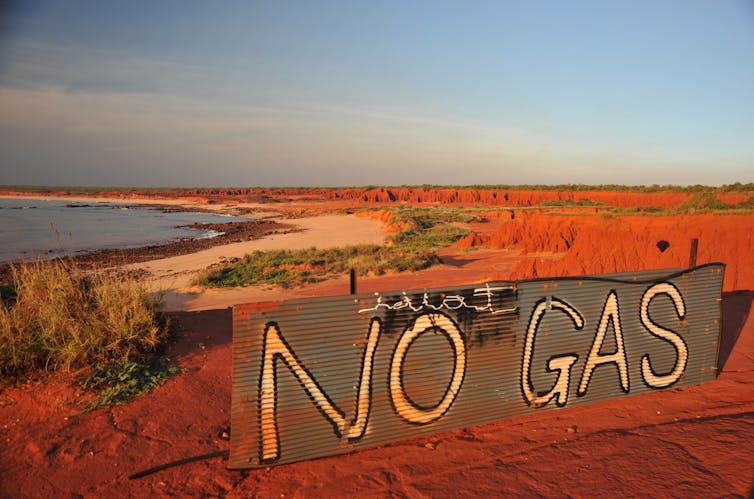
But climate change is unconcerned with our accounting rules. And Australia is the fifth largest contributor to climate change in terms of fossil fuels extracted.
But the extraction process itself also releases fossil fuels in Australia’s backyard, both through the energy used in the extraction and through leaks. These emissions are included on Australia’s ledger.
Gas is principally made up of methane, a greenhouse gas that is 30-80 times more powerful than carbon dioxide. When it leaks, it has an outsized impact on the climate - and these emissions are growing fast.
Putting Our Gas Emissions In Perspective
It is disingenuous to use the production of gas exports to explain away Australia’s poor performance on emissions reduction.
In the 2018 financial year, around one in seven tonnes of greenhouse gas emitted from Australia was released in the process of making even more greenhouse gas, from both gas and coal extraction.
That means that six in every seven tonnes of greenhouse gas Australia emits can largely be attributed to the the total absence of a national climate policy.

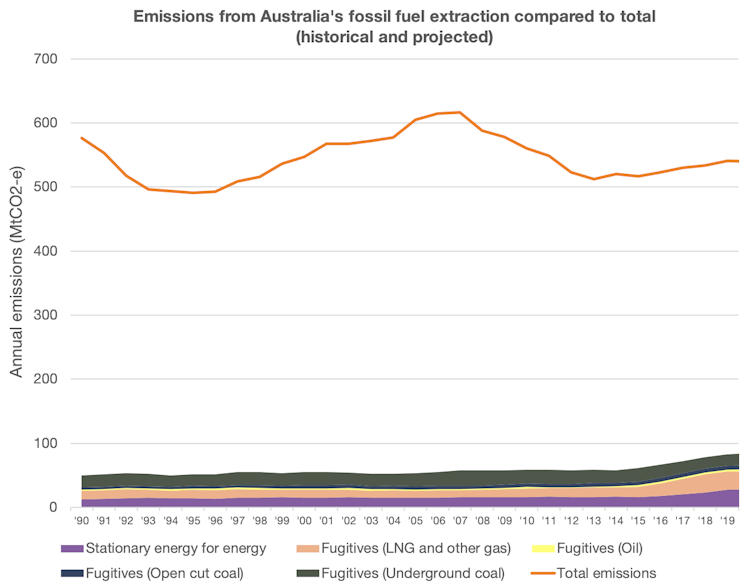
This policy failure has big implications. Article 4.1 of the Paris Agreement says the world must reach net-zero emissions over the entire period from 2050 to 2100. (And the IPCC says emissions must come down even faster than that if planetary warming is to stay below the critical 1.5℃ threshold).
Even if, disregarding export gas production, Australia cut emissions by 0.3% a year, at that rate net-zero emissions won’t be reached for another 333 years.
So while fossil fuel extraction is making things worse, our emissions elsewhere are hardly able to reach the net zero goal in the Paris agreement.
Read more: Australia should explore nuclear waste before we try domestic nuclear power
Gas Is Not The Silver Bullet For Any Other Nation
The minister and his department also made much of the idea that our gas is reducing emissions overseas. The quarterly report even contained a “special topic” talking up the benefits of Australia’s gas exports.
The logic is that by exporting gas, which is allegedly cleaner than coal, we are replacing a high emitting source with a relatively low emitting source. That logic does not hold and is not scientifically robust.
First, and most obviously, Australia exports massive amounts of coal as well as gas. We are responsible for one-fifth of the world’s thermal coal exports and more than one-half of the world’s metallurgical coal exports. It is talking out both sides of your mouth to suggest that we are reducing worldwide emissions because we are responsible for almost a quarter of the world’s exported gas, while we simultaneously export a massive amount of coal.
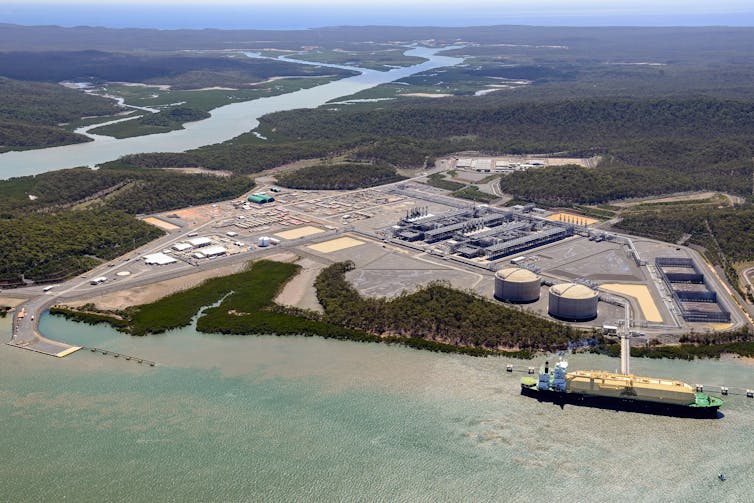
Second, the department and Mr Taylor relied heavily on a study by the CSIRO’s Gas Industry Social and Environmental Research Alliance (GISERA) to talk up the relative benefits of our gas exports. That study, a life-cycle assessment of the emissions from Curtis Island’s liquified natural gas processing facilities, expressly avoided testing the assumption that our gas is in fact replacing coal overseas.
We may not know the whole story, but we do know it is not true in one of the largest purchasers of Australian gas, Japan. Since the Fukushima accident in 2011 took much of Japan’s zero-emissions nuclear energy out of the mix, it has been replaced by Australian gas, which is far worse for the climate.
Third, even if our gas is substituting coal, the benefits are very small. The same GISERA study indicated that “climate benefits of natural gas replacing coal are lost where fugitive emissions [leaking gas] … are greater than 3%”.
Readers might remember this apparent example of fugitive emissions in Australia. The video shows former New South Wales Greens MP Jeremy Buckingham setting fire to the Condamine River in 2016.
It burned because of methane bubbling up through it, purportedly from nearby unconventional gas extraction. These emissions, the result of leaks through natural fractures in the Earth, are difficult to predict and model. They are not accurately measured in Australia, and may make gas far worse for the climate than even coal.
Even if the results of all this uncertainty come out in favour of gas, limiting global warming requires that we urgently stop burning both coal and gas. While there are substantial proven reserves around the world, much of this will have to remain unburned if we hope to avoid the worst of climate change.
The evidence of climate change is increasingly clear, yet Australia’s emissions continue to increase. Our political leaders are spinning the data and failing to act, putting our children’s future, our economy and the natural environment at risk.![]()
Tim Baxter, Fellow - Melbourne Law School; Senior Researcher - Climate Council; Associate - Australian-German Climate and Energy College, University of Melbourne
This article is republished from The Conversation under a Creative Commons license. Read the original article.
Barrenjoey Seal Colony Growing
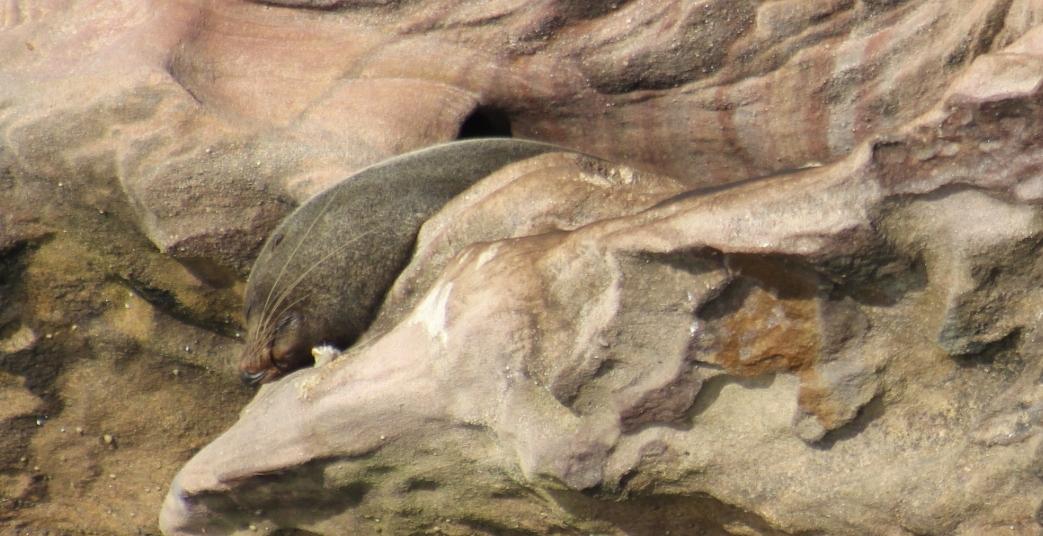
Wife Pension And Widow B Pension Are Stopping
- you’re 66 or older, you’ll get Age Pension
- you’re 65 or younger, you’ll get JobSeeker Payment.
Meet The Nonagenarians: People In Their 90s Are Australia’s Fastest Growing Senior Age Group
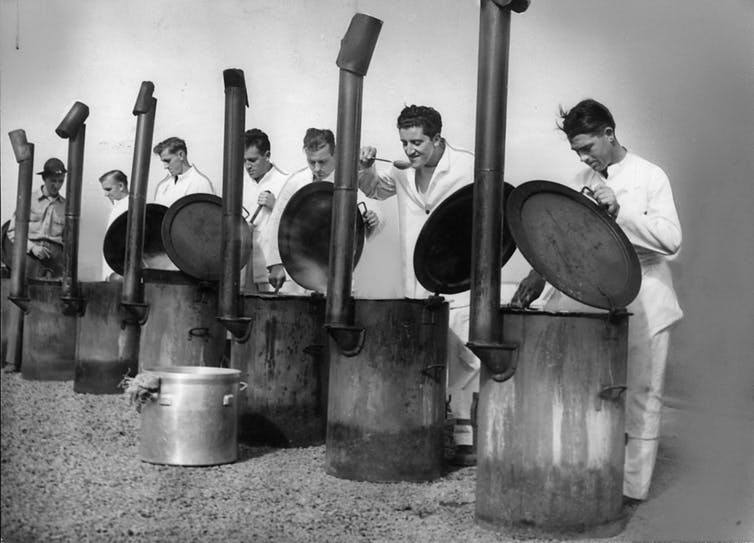

Dementia Peak Body Releases New Papers On Hospital Care And Medication
Diet's Effect On Gut Bacteria Could Play Role In Reducing Alzheimer's Risk
Almost 95,000 Dementia-Related Hospital Admissions In 2016-17
Dementia Action Week 2019
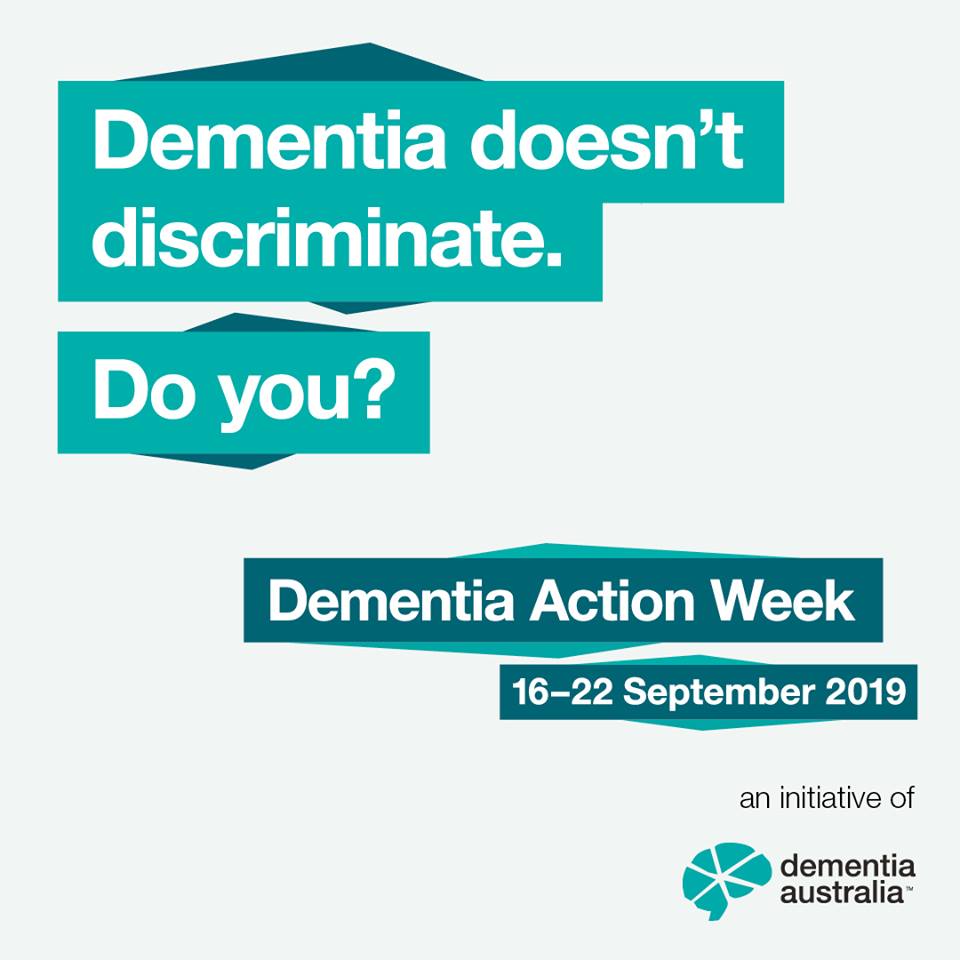
Northern Beaches Dementia Friendly Community

$27 Million For New Medicines: PBS Scheme
- Amending the current PBS listing for this medicine is expected to shorten patient waiting times, reduce costs and fit more easily into patients’ schedules away from the clinic, which can help reduce the burden on the lives of cancer patients
- Opdivo belongs to a new class of immunotherapy medicines which supercharge the body’s immune system, to fight and kill cancer
- without subsidy, patients would pay up to $254,200 per course of treatment for Opdivo®
- patients will be able to access these medicines for $40.30 per script and $6.50 per script for a patients with a concession card.
- This medicine temporarily relaxes muscles that are overactive or contracting
- more than 2,800 patients per year are expected to benefit from this listing
- without PBS subsidy, patients would pay more than $5,400 per year for this treatment.
- The listing of this medicine as part of the Emergency Drug Supply Schedule means that eligible patients will receive this treatment free of charge
- listing Bicillin L-A® is an important measure to address this outbreak by supporting the timely treatment of syphilis in non-remote settings for Aboriginal communities, creating a mechanism for these health services to have stock on site, and/or obtain supply for patients in advance of a consultation
- there is an ongoing outbreak of infectious syphilis in Aboriginal and Torres Strait Islander populations in northern, central and southern Australia. Since the start of the outbreak in 2011 to 31 May 2019, there have been 2,786 cases of infectious syphilis and 16 congenital syphilis cases linked to the outbreak regions of northern and central Australia
- this listing improves the ability to provide syphilis treatment to any patients who the prescriber may consider are at risk of loss to follow up, and potentially reducing time to treatment
- this is especially important where urgent treatment is required, such as for pregnant women diagnosed with infectious syphilis and to address the subsequent risk of transmitting the infection to the unborn child, which can cause miscarriage, stillbirth, birth complications, and congenital syphilis.
Promising New Target To Combat Alzheimer's Disease
Revolutionising Water Quality Monitoring For Our Rivers And Reef
Cancer Now Leading Cause Of Death In High-Income Countries
Word For The Week: Eucrasy

Report Cards On Women In STEM Fields Finds Much Room For Improvement
Childhood Cholesterol, Blood Pressure, Weight And Smoking Predict Adult Heart Disease
- BMI: 10% rise -- > 20% higher risk of an event.
- Systolic blood pressure: 10% rise -- > 40% higher risk of an event.
- Serum cholesterol: 10% rise -- > 16% higher risk of an event.
- Adolescent smoking -- > 77% higher risk of an event.
Assisted Reproduction Technology Leaves Its Mark On Genes Temporarily
Aspirin Should Not Be Recommended For Healthy People Over 70
A Piece Of The $25 Billion Pie
Disclaimer: These articles are not intended to provide medical advice, diagnosis or treatment. Views expressed here do not necessarily reflect those of Pittwater Online News or its staff.